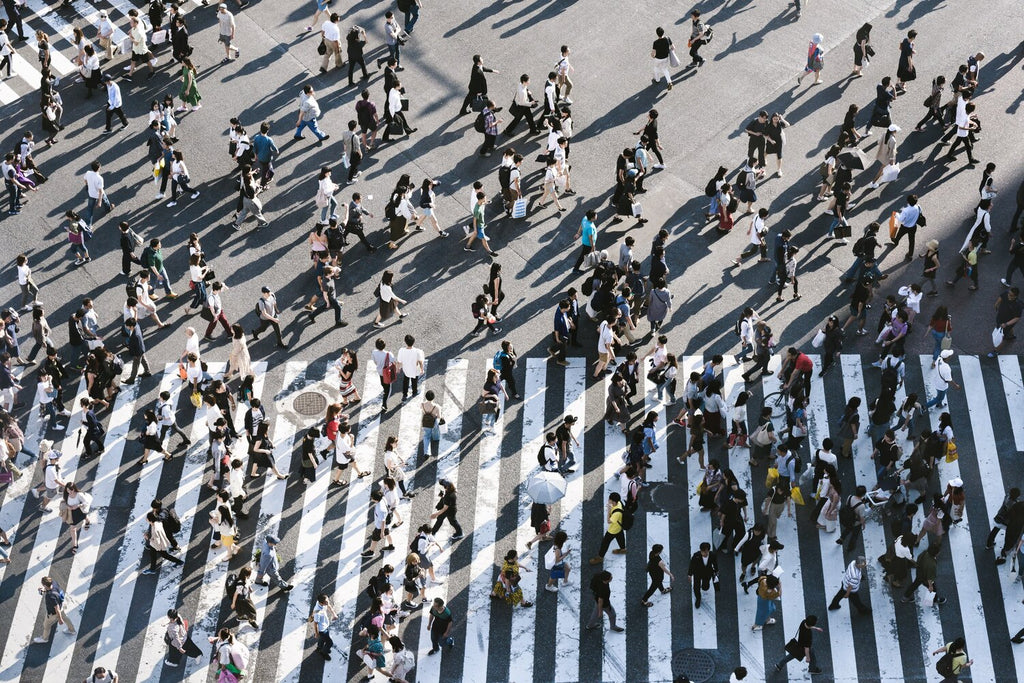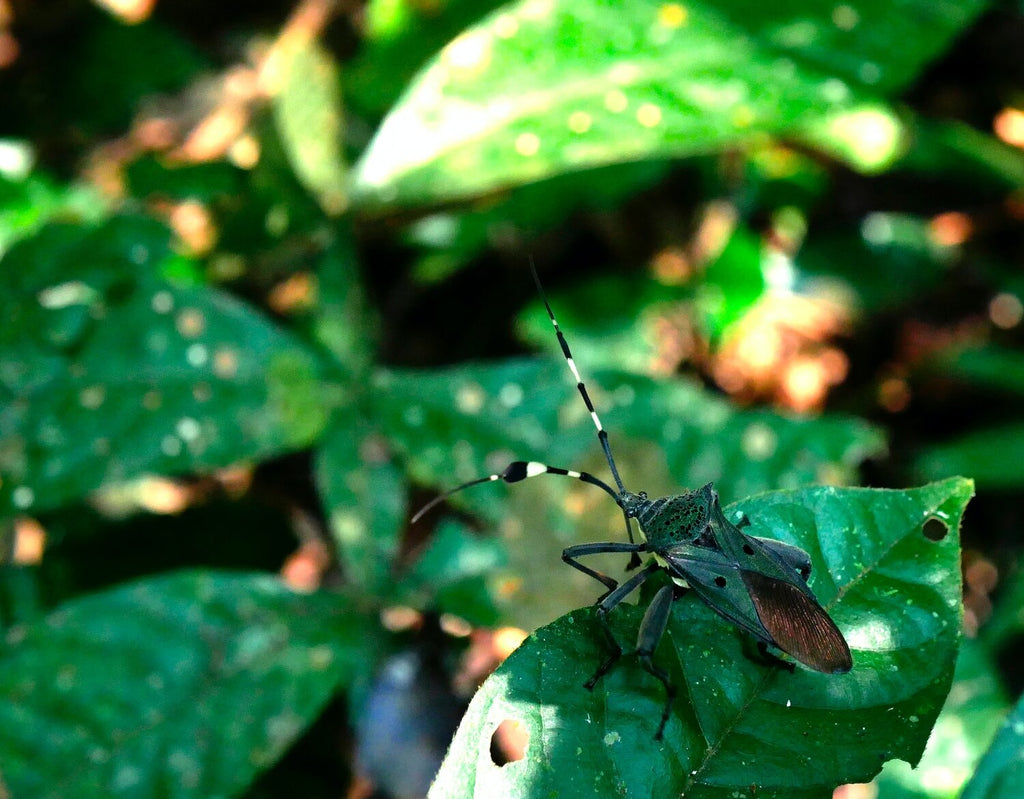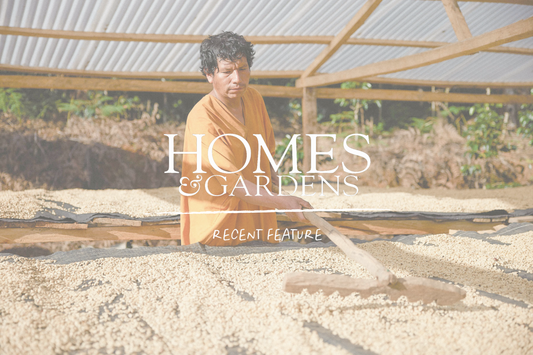Biodiversity, to a large extent, is what makes some ecosystems weak and others resilient in the face of change. It encompasses the full variety of species that you see in the natural environment on the face of the planet, and can be considered as a ‘web of life’. Biodiversity is built out of 3 interconnected elements: ecosystem diversity, species diversity and genetic diversity. The more intertwined these elements are, the denser and more resilient the web becomes.

What is Biodiversity?
The concept of biodiversity is a relatively new theory, first emerging in the 1980’s, based on concern for the impact of human beings on the planet. Given the influence of human beings, we are clearly having a global impact on the planet. The concept has emerged as a way of highlighting the precious nature of life on the planet, as well as highlighting the need for human beings to think more carefully about the values and benefits they obtain from the living world through biodiversity.
With 7.6 billion people on the face of the planet, the natural world is experiencing a decline in biodiversity, and this decline is happening at an alarming rate. The nature of this universal impact that human beings are now having on planet earth has led to the development of a term known as the Anthropocene.

The Anthropocene (from the Greek word anthrop meaning human) builds upon the geological eras like the Pliocene and the Miocene. It’s a deliberate play on the evolution of the earth over its history to a point now where it is dominated by human activity, that is unique. It’s a different geological era, we humans, our decisions, now govern the future of the earth. This is the age in which human activity is the biggest thing affecting the environment and the climate. It is up to us.
The Amazon and Biodiversity
The Amazon Rainforest is one of the most biodiverse places on earth, due to its complex ecosystems, huge mix of species and the genetic variety within those species. The rainforest is an enormous system, filled with smaller systems, each packed with interconnected species. Every link creates stability for the next, strengthening biodiversity’s weave. That weave is further reinforced by the genetic diversity in individual species which allows them to cope with changes. Species that lack genetic diversity due to isolation or low population numbers are much more vulnerable to fluctuations. This can be for a number of reasons, including both disease and climate change.

The Amazon is strong and resilient to change. If we were to remove a species from the rainforest, the system would be unlikely to break down due the complexity of the ecosystems, the volume of species and the diversity of the genetics within. The same does not apply for all ecosystems however. Take coral reefs for example - many organisms in the reef are dependent on the coral, and it provides specific habitats that support the survival of certain species of fish, molluscs and crustaceans. Destructive fishing practices, pollution and ocean acidification weaken coral and can even kill it altogether. The death of the coral then leaves its dependents at a loss too, threatening the entire fabric of the reef.
Why is Biodiversity Important? - 4 Key Angles
Ecosystems, species and genetic diversity together form the complex tangled weave of biodiversity that is vital for survival of organisms on earth. The diversity of human life enables us to consider biodiversity from 4 different angles. Firstly, we’ll look at the economic value of biodiversity. In some parts of the world, humans turn biodiversity into money. Whether it be fishing practices within the sea, or harvesting timber from forests. These direct uses of biodiversity provide economic wellbeing to communities all around the world.
Another major value of biodiversity is its ecological services. These are the benefits that humans obtain from the natural world, such as the provision of clean water, oxygen, pollination of crops and the control of pests and weeds by other species. Our cultural values are key to how we feel about our surroundings. Humans are guided by the world around us. In some ways, the landscape around us tells us who we are and what our natural environment means to us, human cultures co-evolve with their environment.
Take the Mayni community in the Peruvian cloud forests for example - the rainforest is an integral part of their livelihoods and wellbeing. As such, the communities protect it passionately. Biodiversity in their region has been preserved by cultural traditions as a life supporting resource, it is understood that it’s depletion would be a great loss to their society – biodiversity underpins their cultural values. To Learn more about the Mayni and what they do, please click here

Another key value of biodiversity is its recreational value. For large portions of the population, in most countries, whether it be water, forests or mountains, people love the experience of being close to nature. Many tourism industries around the world depend on biodiversity, and in some countries, people are connected to biodiversity through spirituality.
Finally, last but by no means least, the scientific value and our systematic pursuit of knowledge about nature. This is relevant to us all in many ways as biodiversity, in this instance, supports economic benefits such as wood, pharmaceuticals, cosmetics and ecosystem services.
Biodiversity encompasses many things and is the very fabric of every human being and every living organism on this planet. We must do what we can to protect this extremely fragile system that continues to struggle, and continues to fight for us every day. Protecting our planet starts with us.







